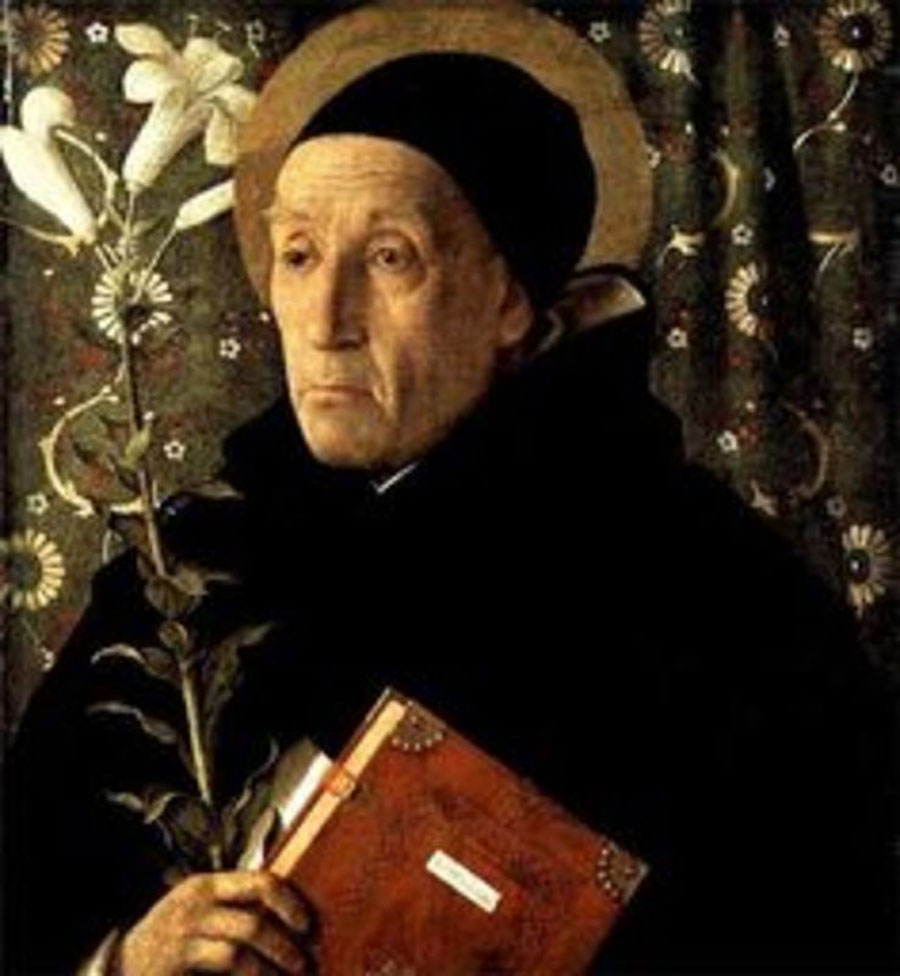The views expressed in our content reflect individual perspectives and do not represent the authoritative views of the Baha'i Faith.
The late-medieval mystic and philosopher Meister Eckhart once remarked “God is not found in the soul by adding anything but by a process of subtraction.”
His sentiment suggests that a mathematical operation (subtraction) can help us better to understand a spiritual truth. Eckhart implicitly drew analogies between addition and attachment, and subtraction and detachment. Detachment is central to the teachings of the Baha’i Faith:
Detachment is as the sun; in whatsoever heart it doth shine it quencheth the fire of covetousness and self. He whose sight is illumined with the light of understanding will assuredly detach himself from the world and the vanities thereof. – Baha’u’llah, Baha’i World, Volume 1, p. 42.
My previous article discussed how the teachings of the Baha’i Faith express the idea of oneness, and how that expression illuminates the process of creation and the concept of unity in diversity. In this article, I’ll try to answer this question: do oneness and detachment have a connection?
Mathematicians equate the number one with the idea of unity. It means that all other numbers return to one; the number one forms the foundation of all numbers. In the spiritual sense, oneness unites all things (infinity) by this relationship. The word “one” and the word “unity” have the same etymological root in Latin, unum. Similarly, the word for “one” and “unity” in Arabic is Wáḥid (واحد). Because the numerical value of this Arabic word (the abjad value) is 19, the Bab elevated this number to sacred meaning, representative of the idea of oneness and unity. From that point of view, the number 19 symbolizes one thing and all things at the same time, functioning as a nexus between these extremes.
I see a correspondence between the mathematical use of numbers and the idea of oneness. The spiritual extension of the use of these numbers expresses unity and oneness in the infinite universe and all that it entails. In the book Some Answered Questions, Abdu’l-Baha explains this abstraction clearly:
…what is meant by unity of existence is not this commonly perceived existence, but that real Existence which is sanctified and exalted above all expression, an Existence through which all things are realized. This Existence is one; it is that One through which all things—such as matter, energy, and that common existence which is conceived by the human mind—have come. – newly revised edition, pp. 338-339.
Here Abdu’l-Baha carefully chooses the words unity, one, One, and all things. Importantly, he differentiates the notion of “commonly perceived existence” and “common existence which is conceived by the human mind” from that one “real Existence” which is “exalted above all expression” and from which “all things are realized.”
Meister Eckhart was a priest in the Roman Catholic Church and a scholar. He taught that the soul is on a journey towards God, and that it must shed its attachments to ephemeral matters of the world to find reunion with God. Detachment, in other words, leads to unity and oneness.
This theme has enormous resonance with the Baha’i teachings. In summarizing Eckhart’s perspective, Loyola Marymount University Associate Professor of Theology Dr. Charlotte Radler wrote:
In the journey toward union [with God], the soul must carefully release itself from all its attachments and detach itself from all its possessiveness. Eckhart’s existential letting-go and letting-be imply the profoundest respect for existence itself as well as recognition of the ontological interconnectedness of all life. – Losing the Self: Detachment in Meister Eckhart and its significance for Buddhist-Christian dialogue, Buddhist-Christian Studies 26: 111-117.

“God is at home, it’s we who have gone out for a walk.” – Meister Eckhart
Modern scholars sometimes refer to Eckhart’s concept of detachment as disinterest or dispassion, suggesting they have difficulty with exactly what “detachment” means. It does not mean disinterest—instead, it means a conscious recognition of the permanence of the spiritual and the impermanence of the physical. As one activates detachment and the soul draws closer and closer to union (“at – one – ment”) with God, then its relationship to all things changes from selfish attachment to detached, selfless wonderment.
The Church did not like Eckhart’s ideas, so it tried him before the Inquisition and condemned him as a heretic. Eckhart died before the verdict could be presented, but he defended himself well at trial. At the time, Church authorities were concerned about new movements and unorthodox ideas. Shortly after Eckhart’s death, the Black Death swept through Europe, greatly weakening the Church’s central authority.
Meister Eckhart’s ideas have a lot in common with Islamic mysticism and Sufism, and in fact he studied in Paris when Sufism flourished in Muslim Andalusia to the south. Strangely, modern western scholars seem to miss this connection. He was ahead of his time, as detachment has now become an emerging spiritual concept that receives its greatest emphasis in the Baha’i revelation, where it is placed explicitly in front of the believers. In the past, it was buried deeply like a gem that few found, only after deep reflection. Meister Eckhart’s “sight” appeared to have been “illumined by the light of understanding.” Now Eckhart’s ideas enjoy a revival, started in the 19th century. Perhaps that is not a coincidence.
You May Also Like
Comments

















Thanks